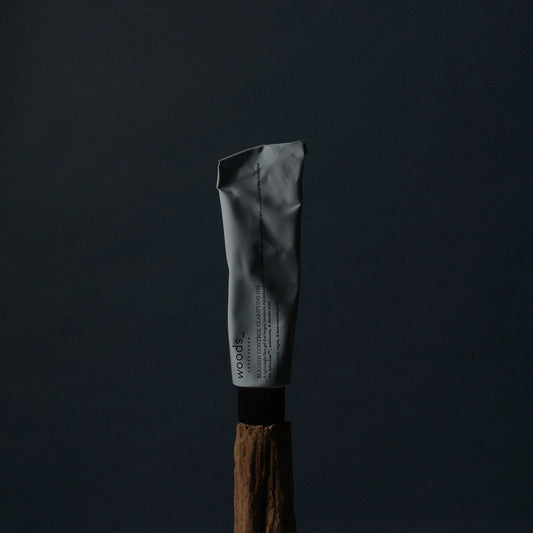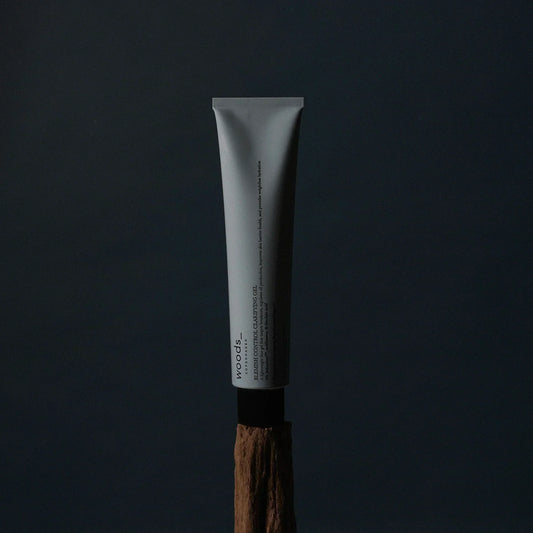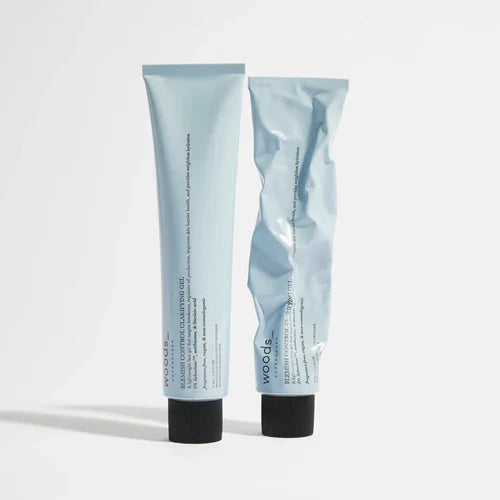The hair follicle and its role in healthy hair growth
The hair follicle is a dynamic structure embedded in the skin, responsible for hair growth and development. It anchors the hair shaft and contains the root, where cells rapidly divide to form new hair. Surrounding the follicle are sebaceous glands that produce oils to moisturize the scalp and hair. The follicle also plays a role in determining hair characteristics, such as thickness, curliness, and growth rate. Blood vessels at the base of the hair follicle provide essential nutrients, while small muscles called arrector pili cause hair to stand up, producing “goosebumps” when contracted.
1) The papilla: The papilla is a small, cone-shaped structure at the base of the hair follicles, rich in blood vessels that supply nutrients and oxygen. It plays a critical role in stimulating cell divison and supporting healthy hair growth.
2) The matrix: The matrix is the active part of the hair bulb where rapid cell division occurs, producing new hair. It generates keratin, the protein that forms the hair shaft, and also determines hair color by producing melanin.
3) The root: The root is the portion of the hair embedded in the follicle beneath the skin’s surface. It anchors the hair and is surrounded by the matrix, where new hair cells are produced, allowing the hair to grow upward. The root also plays a role in receiving nourishment from the surrounding follicle for healthy hair development.
Hair growth kicks off as matrix cells divide, producing keratin and forming new hair cells within the bulb. As it gets crowded with cells within the bulb, they stick together and harden, pushing the new hair upwards and out of the skin. So, just as with the skin, new hairs are produced when older ones naturally ‘shed’; a renewal process that can be affected by various factors, including genetics, hormonal levels, and age, resulting in differences in growth patterns and the length of hair growth cycles.

Inside the cycle of hair growth: Three essential phases
Hair growth occurs in a cyclical process divided into three distinct phases: anagen, catagen, and telegen. The anagen phase is the active growth stage, where hair cells rapidly divide, producing a long and strong hair shaft. This phase can last several years, determining the length of the hair.
Following this, the catagen phase is a transitional period where growth slows, and the hair follicle begins to shrink, detaching the hair from its blood supply. The phase lasts a few weeks. Finally, the telegen phase is the resting stage, where hair is not actively growing but remains in the follicle until it eventually falls out, making way for new hair. Here is when the shedding takes place. Shedding occurs in the exogen phase, during which the hair is released from the follicle and falls out. In this final stage, new hair begins to form in the follicle, pushing the old hair out and restarting the cycle. This cycle repeats continuously, with each hair follicle operating independently of the others, leading to a natural shedding and renewal process.

The core components of your hair
We love being science-y with our craft. Therefore, all our hair care products cater to the natural microbiome of the scalp by providing it with deeply nourishing, restoring, and protective ingredients that solely improve its properties. We believe this is the cornerstone of healthy hair growth, and the results speak for themselves. In the following, we’re uncovering the key components of your hair and sharing their impressive abilities in the hopes that you’ll give your hair the credit and care it deserves, opting out of harsh synthetic ingredients that can disrupt these functions. Let’s break it down from the visible parts to the ones you didn’t know about – but really should.
The hair shaft: The visible structure of the hair
The hair shaft, the visible part of the hair that extends beyond the scalp, is a complex structure primarily composed of keratin, a tough and fibrous protein. It is made up of three distinct layers: The cuticle, the cortex, and the medulla. Let’s explore these further.
The cuticle: The hair's protective shield
The cuticle, the outermost layer of the hair shaft, serves as a shield for each strand. Composed of overlapping, scale-like cells, this protective layer acts as the hair’s first line of defense against environmental damage and harsh weather conditions as well as UV light and moisture loss. Its arrangement not only helps to safeguard the underlying cortex but also plays a critical role in the overall health and shine of the hair.
When the cuticle is intact and smooth, it reflects light beautifully, contributing to a shiny appearance. However, damage or roughness to this layer can lead to dullness and increased vulnerability to breakage. Thus, maintaining the cuticle is essential for keeping hair resilient and vibrant. In short, the cuticle:
- Protects against environmental damage
- Prevents moisture loss
- Reduces physical stress to the hair
- Maintains strength and structure
- Contributes to shine and smoothness
The cortex: The key to hair's strength and texture
The cortex is the thickest and most crucial layer of the hair shaft, lying beneath the cuticle and surrounding the medulla (this will make sense later, we promise). It provides the hair with its strength, elasticity, and color, thanks to its high concentration of keratin. Within the cortex, melanin granules are distributed, giving hair its natural pigment and influencing its color. This layer’s structure also impacts hair’s texture and resilience, as the arrangement of its protein fibers contributes to how hair reacts to styling and environmental factors. The cortex’ health, in other words, directly affects the overall appearance and durability of the hair, making it central to keeping hair vibrant, strong, and flexible. Shortly put, the cortex:
- Houses melanin, which determines the color of hair
- Influences hair texture and resilience
- Is essential for hair’s flexibility and durability
- Affects how hair responds to styling and environmental factors
Medulla: The hidden center of hair structure
The medulla is the innermost layer of the hair shaft, though it is often absent in finer hair types. Its exact function remains somewhat unclear, but it is thought to contribute to the structure and thickness of hair. Composed of loosely packed, soft cells, the medulla is more prominent in thicker hair strands and serves as the hair’s ‘marrow’. While it plays a lesser role compared to the cuticle and cortex, the medulla may help provide additional strength to hair, particularly coarser hair types.

The importance of choosing the right ingredients for your hair
Building on our understanding of the hair’s structure and properties, we now understand that ingredients in our hair care products play a critical role in maintaining our hair’s health. Some of the ingredients we’ve opted out of at woods_ include silicones, microplastics, sulfates (SLS/SLES), and parabens – and we’d love to tell you why.
Using products with harsh sulfates (SLS/SLES) can strip away essential oils, potentially leading to dryness and damage. Similarly, silicones may provide temporary shine but often create build-up that hampers moisture absorption and dulls the hair. Additionally, this build-up risks blocking the transfer of nutrients to the hair follicle, potentially causing hair loss in the long run. The presence of microplastics and parabens in hair products can further exacerbate issues, possibly causing scalp irritation (not to mention environmental concerns). Choosing hair care products with gentle, natural ingredients is, therefore, essential for preserving the delicate balance of your hair, ensuring it remains strong, hydrated, and vibrant. Prioritizing these mindful choices supports the long-term health and beauty of your hair, allowing it to flourish naturally.

A deeper understanding of hair’s structure – from the outer cuticle to the inner medulla – empowers you to care for your hair more effectively. Recognizing how each layer is naturally engineered to affect your hair’s health and appearance helps us appreciate the science behind hair care and understand how ingredients can severely impact these important properties. To learn more about the benefits of woods_ hair care and how it can transform your routine, head to our blogpost Revolutionize your hair with woods_.
Sources:
- Hårets opbygning, frederiksen-scientific.dk.
- In brief: What is the structure of hair and how does it grow? ncbi.nlm.nih.gov, 2023.
- Roland, R. What are the four stages of hair growth? Medically reviewed by Cobb, C., healthline.com
Related Products
More posts
-
Adult acne: from cause to treatment
While many associate acne and blemishes with the turbulent teenage years, the reality is that many adults continue to grapple with breakouts well into their 20s, 30s, and beyond. But...
Read more -
Skincare for teens: a step-by-step guide
Navigating skincare as a teenager (or honestly, just as much as an adult) can feel like a maze. In this digital age, we’re constantly flooded with the newest trends and...
Read more -
Introducing: blemish control clarifying gel
Breakouts are one of the most common skin concerns, affecting people of all ages and skin types. And when it comes to treating blemishes, striking the perfect balance can be...
Read more
- Choosing a selection results in a full page refresh.
- Opens in a new window.



